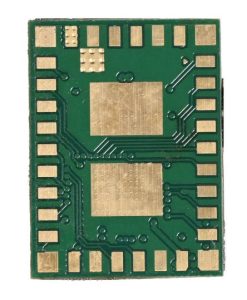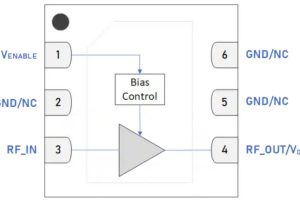
The module, to be called TD-Halom, will measure 18 x 13.5mm and 2.4mm high, and operate over 902 – 928MHz, which is only applicable to the Americas (ITU region 2). 30dB is the maximum power allowed by the FCC.
“This has been the fruition of a lot of hard work and support from both Teledatics and Newracom engineers, and the TD-Halom will showcase the true distance and signal penetration capabilities of Wi-Fi HaLow as a technology allowable by federal regulations,” said Teledatics CEO James Ewing.
 The main IC has an Arm Cortex-M3 for stand-alone use, and an on-board RF transceiver – an external antenna is required, for which the module has a u.FL IPEX connector.
The main IC has an Arm Cortex-M3 for stand-alone use, and an on-board RF transceiver – an external antenna is required, for which the module has a u.FL IPEX connector.
AP, station-client and 802.11s mesh operation is supported up to 15Mbit/s.
“This module is perfect for applications that demand long-range connectivity,” according to chip-maker Newracom. “It will be available in configured options of an evaluation kit Raspberry Pi or an M.2 interface board for evaluation.”
Use is expected in drone operation, challenging industrial sites and wide-area outdoor applications.
Also in the pipeline is an M.2-compatible board carrying the module (right).

It is a Key E 2230 card with USB, UART, SPI and I2C interfaces, and can act as a Linux USB Wi-Fi dongle or, via an on-board switch, the stand-alone mode can be initiated.
Wi-Fi HaLow?
Wi-Fi HaLow is a brand for communication using communication conforming to IEEE 802.11ah, which uses sub-GHz bands to augment Wi-Fi for long range operation – up to around 1km.
Part of the aim is that is can act as a physical layer for wireless IoT nodes in sensor networks or in wearables, that potentially operate for months or years on a coil cell.
 Electronics Weekly Electronics Design & Components Tech News
Electronics Weekly Electronics Design & Components Tech News



